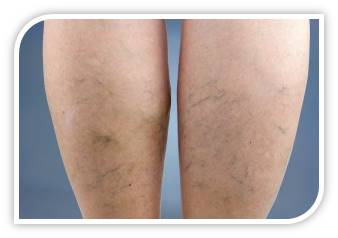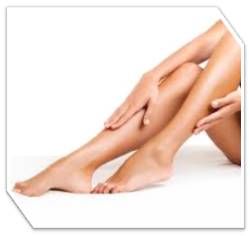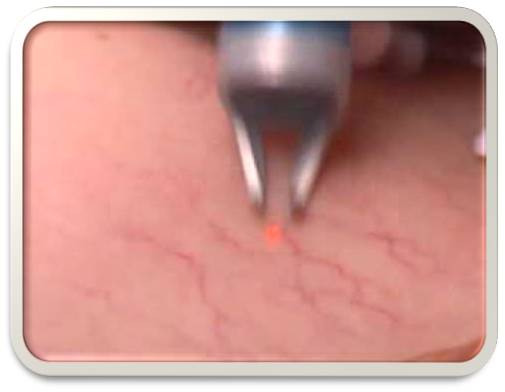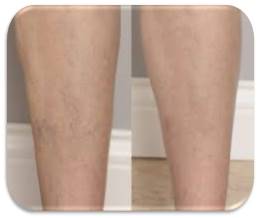Home
Risk Factors for Varicose Veins
 Varicose veins are very common, particularly among women. While these bulging blood vessels are primarily a cosmetic annoyance for many patients, they cause major discomfort for others. Being aware of the predisposing factors allows at-risk individuals to get an evaluation from a specialist and help reduce the likelihood that varicose veins will develop.
Varicose veins are very common, particularly among women. While these bulging blood vessels are primarily a cosmetic annoyance for many patients, they cause major discomfort for others. Being aware of the predisposing factors allows at-risk individuals to get an evaluation from a specialist and help reduce the likelihood that varicose veins will develop.
Overview of Varicose Veins
Evaluating an individual’s particular risk factors is easier with a basic understanding of why these abnormal vessels form and what physicians can do about them. Most varicose veins have a gnarled, raised appearance. Typically blue or dark purple, they most often occur in the legs, where they have a ropelike appearance. Common symptoms include an aching or heavy feeling in the limb, swelling, throbbing, burning, and muscle cramping.
 A one-way valve in a vein is crucial to its mission: returning blood to the heart. Valves help the circulation process overcome gravity by preventing blood traveling upward from falling backward. When a valve weakens or becomes damaged, blood leaks downward and pools in the vein behind it. As blood pools, the vessel’s walls stretch to the point where the vein can become varicose.
A one-way valve in a vein is crucial to its mission: returning blood to the heart. Valves help the circulation process overcome gravity by preventing blood traveling upward from falling backward. When a valve weakens or becomes damaged, blood leaks downward and pools in the vein behind it. As blood pools, the vessel’s walls stretch to the point where the vein can become varicose.
Vein doctors recommend both preventive measures and treatment options. The most conservative steps are wearing compression stockings and making lifestyle changes such as avoiding prolonged periods of standing or sitting. Almost all treatments available are non-surgical.

Important Risk Factors
 Physicians who treat varicose veins Hialeah cite these as the five most common risk factors for developing these abnormal vessels:
Physicians who treat varicose veins Hialeah cite these as the five most common risk factors for developing these abnormal vessels:
- Being obese: Carrying significant extra weight puts increased pressure on leg veins, causing them to bulge.
- A family history: Although researchers have yet to identify the specific factors related to heredity, they know a family history of varicose vessels raises an individual’s susceptibility to the disorder.
- Gender: Females are between two and three times more likely to develop these veins than males are. Experts believe this is because hormonal changes at various stages of a woman’s life can cause vein walls to relax.
- Age: The development of varicose vessels is most likely in people 30 to 70 years old. As age increases, a vein’s elastic shell starts to weaken, making it more susceptible to dilation. With wear and tear, vein valves lose the ability to help control blood flow.
- Remaining inactive: Extended periods of sitting or standing can raise pressure inside veins, making them stretch.